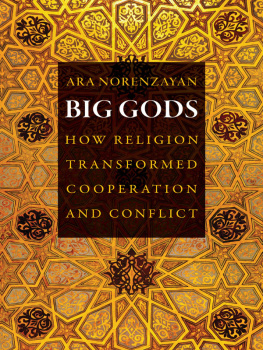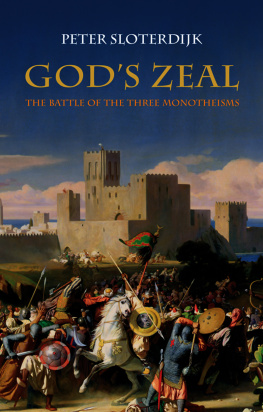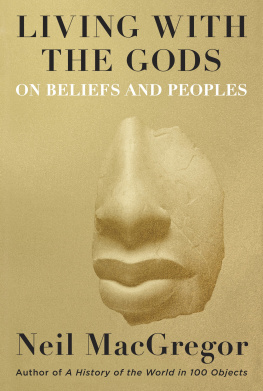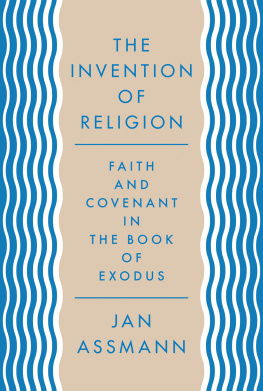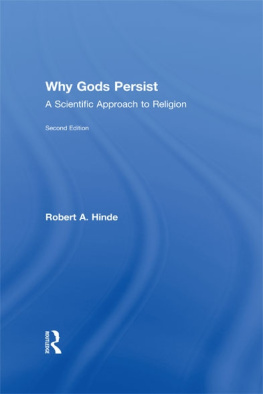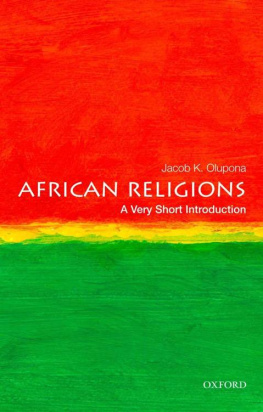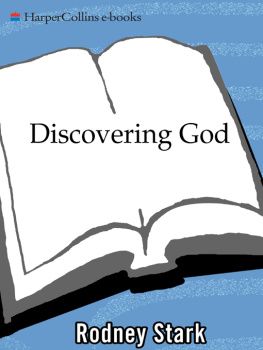
BIG GODS
BIG GODS
How Religion Transformed Cooperation and Conflict
Ara Norenzayan
PRINCETON UNIVERSITY PRESS
Princeton and Oxford
Copyright 2013 by Princeton University Press
Published by Princeton University Press, 41 William Street,
Princeton, New Jersey 08540
In the United Kingdom: Princeton University Press, 6 Oxford Street,
Woodstock, Oxfordshire OX20 1TW
press.princeton.edu
Jacket photograph: Synagogue ceiling detail Craftvision/Getty Images.
All Rights Reserved
Library of Congress Cataloging-in-Publication Data
Norenzayan, Ara, 1970
Big gods : how religion transformed cooperation and conflict / Ara Norenzayan.
pages cm
Includes bibliographical references and index.
ISBN-13: 978-0-691-15121-2 (cloth : alk. paper)
ISBN-10: 0-691-15121-0 (cloth : alk. paper) 1. Psychology, Religious. 2. PsychologyReligious aspects. 3. Faith developmentPsychological aspects. 4. CooperationReligious aspects. 5. Conflict managementReligious aspects. I. Title.
BL53.N634 2013
200.19dc23 2013011723
British Library Cataloging-in-Publication Data is available
This book has been composed in Garamond Premier Pro
Printed on acid-free paper.
Printed in the United States of America
10 9 8 7 6 5 4 3 2 1
For Max
Contents
Illustrations
Acknowledgments
S cott Atran, Joseph Henrich, Jonathan Haidt, and Richard Sosis will no doubt recognize the influence of their ideas and our communications in this book. Two of my former students, Azim Shariff and Will Gervais, have been the major players in a great deal of the original research that this book is based on. Much of this book is the result of our fruitful collaborations. I feel privileged to have worked with them, as well as with other former and current graduate students: Ian Hansen, Emma Buchtel, Ilan Dar-Nimrod, Aiyana Willard, Albert Lee, and Rita McNamara. Much of this original research has been generously supported by grants from the Social Sciences and Humanities Research Council of Canada. In particular I thank the Cultural Evolution of Religion Research Consortium, supported by SSHRC. At the early stages, the idea of this book was shaped by sage advice from Russell Weinberger and Katinka Matson. A special thanks goes to Eric Schwartz, my editor at Princeton University Press, for his guidance and support. Also thanks to Ryan Mulligan, Karen Fortgang, and Jennifer Harris for their valuable help turning the manuscript into a book. This book benefited a great deal from Adam Baimels technical know-how. He helped me save time in myriad ways and stay on the elusive task of finishing this book.
I am grateful to Jonathan Monk, Nicholas Epley, Benjamin Purzycki, Joseph Bulbulia, Hagop Sarkissian, Robert McCauley, Frans de Waal, Scott Atran, Jonathan Haidt, Paul Bloom, and David S. Wilson, for their valuable feedback on an earlier draft. Thanks to Dimitris Xygalatas for providing a firsthand image of the Cavadee ritual, and to Megan Daniels, for pointing me to the archaeological record of religious fraternities in Delos. I could not have asked for a more stimulating and supportive group of colleagues and students at the University of British Columbia, where I have the privilege of working. I am particularly grateful to the gang at the Center for Human Evolution, Cognition, and Culture, Steve Heine, Mark Schaller, Joseph Henrich, Mark Collard, and Ted Slingerland for their friendship and intellectual support. I couldnt have asked for a more supportive group of colleagues, including Jess Tracy, Liz Dunn, Toni Schmader, Darrin Lehman, Alan Kingstone, and two friends and former colleagues, Gregory Miller and Edith Chen. This stellar group would not have come about without the tireless efforts and the creative talents of Darrin Lehman. Whether in the corridors of the Kenny Building at UBC, over lunch, or on the ski slopes outside Vancouver, they challenge me to think harder and deeper, and never allowed for boredom to take root. As a social psychologist interested in all things cultural, I am deeply indebted to the support and influence of several mentors. Robert Levine infected me with the excitement of cross-cultural research during my undergraduate days; Richard Nisbett, my mentor in graduate school, shaped my way of thinking about psychology in profound ways; Norbert Schwarz taught me, among other important things, the art of psychological experimentation; and Scott Atran, through a rare and inspiring postdoctoral training in Paris, planted early seeds that eventually led me to write this book.
The basic outline of the argument in this book in an earlier form can be found in Norenzayan and Shariff, 2008, Science. partly draws on Norenzayan and Gervais, 2013, Trends in Cognitive Sciences. I gratefully acknowledge my co-authors on these original publications.
My parents, Anahid and Ohannes Norenzayan, did everything in their powers to help me and my brother and sister succeed in life. Eva Oberle nurtured me and patiently tolerated and supported what seemed to be an endless writing project, even through the birth of our son, Max. This book was supposed to arrive before Max, but Max arrived first, and set us out on a new adventure. Without Eva, there would be no book.
The Eight Principles of Big Gods
The entire argument in this book can be summarized in eight interrelated principles.
1. Watched people are nice people.
2. Religion is more in the situation than in the person.
3. Hell is stronger than heaven.
4. Trust people who trust in God.
5. Religious actions speak louder than words.
6. Unworshipped Gods are impotent Gods.
7. Big Gods for Big Groups.
8. Religious groups cooperate in order to compete.
BIG GODS
Chapter 1
Religious Evolution
O n June 27, 1844, a man named Joseph Smith died at age 38 in the prairie town of Carthage, Illinois. Fewer than fifteen years earlier, he had experienced visions and subsequently established an obscure religious movement. Smiths movement was just one of hundreds of new religious movements that sprouted in nineteenth-century America and actively competed for adherents. This was a time and place of great religious innovation and fervor. When he died in 1844, Smith could not have known that he had founded what was going to be one of the most enduring religious movements in American history. Initially, the Latter Day Saints Movement had just a few dedicated followers. In the ensuing years, the church moved its headquarters to Utah and grew by leaps and bounds.
The rise of Mormonism is just a recent example of a broader pattern of history. Pentecostalism, a once obscure Christian charismatic sect established
The second observation about religious evolution is equally important: religions have always been multiplying, growing, and mutating at a brisk pace. In one estimate, new religions sprout at an average rate of two to three per day. Many are called, but few are chosen, says the Gospel according to Matthew (22:14). This Matthew Effect might as well refer to the iron law of religious evolution, which dictates that while legions of new religious elements are created, most of them die out, save a potent few that endure and flourish.
By one estimate, there are 10,000 religions in the world today.
This cultural winnowing of religions over time is evident throughout history and is occurring every day. It is easy to miss this dynamic process, because the enduring religious movements are all that we often see in the present. However, this would be an error. It is called
Next page
